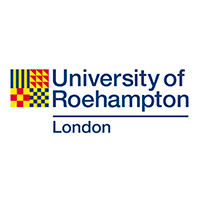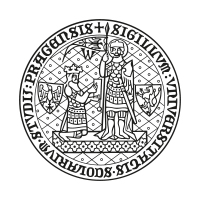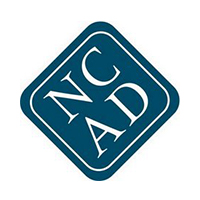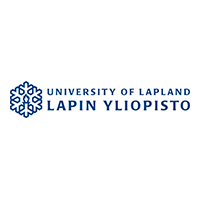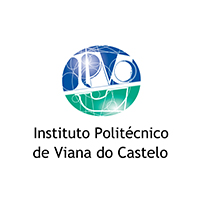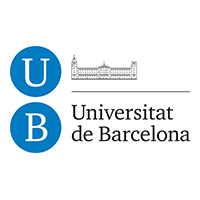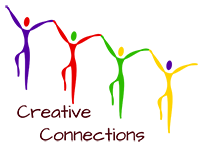Creative Connections
The Project
Creative Connections joins six research teams from six European universities – it is a complex project but one that has improved our ability to work together, to reflect on our practice as educators and to see how we can communicate with one another to improve education practice in the areas of art and citizenship.
The project has specific objectives:
• To actively promote the ‘pupil’s voice’ in a secure and supported environment; to encourage pupils to explore their identity and those of other children in six countries across Europe.
• To encourage the best use of results, innovative teaching practice and processes in order to develop the quality of Education for Democratic Citizenship (EDC) teaching across Europe.
• To explore differences in pupils’ perceptions of cultural similarities and differences in rural and urban schools.
• To improve awareness, use and implementation of digital technologies in the classroom and through carefully targeted research.
• To facilitate multilingual creative conversations through blogs which use automatic, online translations allow pupils to communicate in their own languages.
The collaborative research teams of Higher Education (HE) staff with expertise in art and citizenship education, practising teachers and pupils in six EU countries. A total of 1080 students aged between 8 –18 years with 45 teachers in 25 schools. It is our intention that in the future many more schools will use our website and resources to connect with other schools across Europe.
Our aim was to work with teachers and children and give them opportunity to make the project ‘their own’ through the use action research in the classroom. A cross-national survey of children’s visualisations of Europe was conducted in advance and teachers were trained in action research methodology and use of virtual platforms for sharing images and blogging between classes in different countries.
Working with a large number of participants and in the different European locations we have collected a lot of data and have been able to see how the research has impacted on practice. The results include:
• Partnerships between teachers, student teachers, gallery educators and artists
• A visual survey tool for diagnosing school children’s identification with Europe and a blog to facilitate discussions online.
• A visual database of (i) work by contemporary artists that explore issues of personal and collective identity, (ii) artwork produced by the children in participating schools, (iii) images children have selected to represent Europe.
• Reviews and evaluations of current resources for teaching digital art, image analysis and education for democratic citizenship (EDC) – this has resulted in lesson plans and technical recommendations for teachers to help them implement practice
• Resources for teaching about identity and diversity, human rights, interdependence and interaction in the European context.
• Examples of best practice in the form of lesson plans, resource lists and dialogue are available for free on the website.
• We will continue the development and production of the open access areas of the website promoting innovative ideas for education relating to identity, rights, citizenship and European themes from 2014 onwards.
The project does not end with this catalogue and the website – this is just the beginning. We welcome contact and ideas from teachers and schools – please contact us if you want to get involved.
We can help with:
• Setting up quad blogs to connect groups of schools
• Ideas and resources for training and for teaching and learning
• Using our website as a base for developing your understanding of European Identity
• Advice on lessons, research and writing about Citizenship and Art Education
